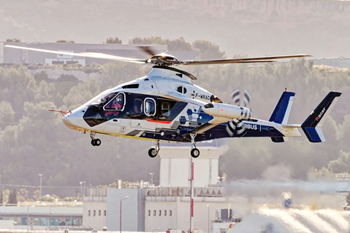Search Results
Showing 61 – 70 of 1329 results
The advantages of building aircraft structures with composites, compared to metal, include light weight, high specific strength, superior fatigue properties, damage tolerance and the absence of corrosion.
Nine-month 2023 earnings detail a 12% increase in consolidated revenue from 2022, meeting 2023 delivery targets and increased production rates for Airbus A350 widebody aircraft.
FIDAMC’s Centro de Fabricación Avanzada (CFA), backed by over €18 million and 20 years of composites expertise, will drive multi-sector industrialization in 3D printing, robotics and sustainable materials.
Latest financing round boosts plans to progress ZeroAvia engine certifications and Airbus ZEROe concept aircraft, with collaboration in LH2 storage, fuel cells and refueling operations.
Topics identified for the Tech Hub include composite materials, decarbonization technologies, robotics and automation.
New aircraft concepts and innovative propulsion tech and system initiatives target four key areas to advance sustainable aviation, including one cooperation with the EU and Canada.
Unveiling coincided with the opening of the new CityAirbus test center in Donauwörth, Germany, ahead of the aircraft’s maiden flight later this year.
Final assembly line will contribute to A320 Family production rate increase of 75 aircraft/month in 2026, adding to Airbus’ 10 assembly sites.
Rotorcraft architecture featuring a highly composites-intensive design transitions into 2-year flight campaign to demonstrate its high-speed capabilities.
Proof-of-concept part used bio-based acrylontrile precursor with same performance as conventional CFRP but with significantly less CO2.
A recent industry agreement to open a second line in Tianjin, China is targeted at Airbus’ goal to produce 75 aircraft/month globally in 2026.










